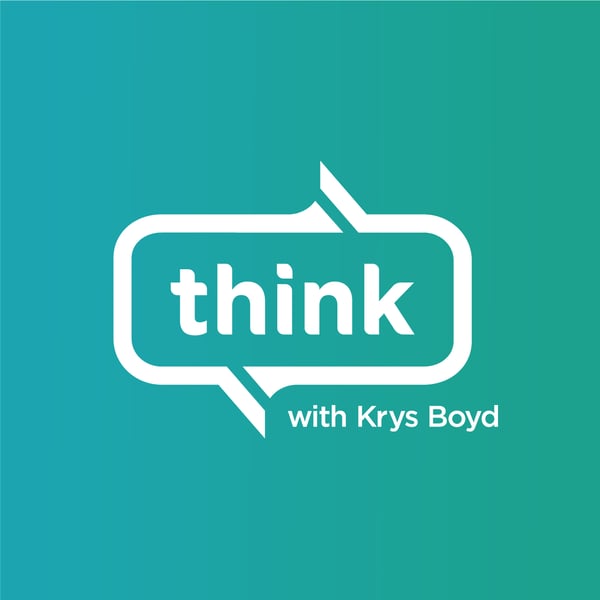How free money helps low-income households
KERA's Think
KERA
4.8 • 861 Ratings
🗓️ 11 September 2024
⏱️ 46 minutes
🧾️ Download transcript
Summary
For three years, a thousand people receiving an extra $1,000 a month were tracked — and now we know how that income changed their lives. Chabeli Carrazana, economy and childcare reporter for the 19th News, joins host Krys Boyd to discuss how guaranteed income meant people could move beyond paycheck-to-paycheck, contribute to the economy and help support other family members. Plus, we’ll consider what the presidential candidates have to say about economic policies. Her article is “The results of the biggest study on guaranteed income programs are finally in.”
Transcript
Click on a timestamp to play from that location
| 0:00.0 | If somebody falls overboard on a pleasure cruise, we don't shout swimming instructions from the side of the boat, we throw out a life buoy. |
| 0:18.1 | We understand that the person in the water is at risk of drowning and that |
| 0:21.6 | this simple technology will keep them afloat for as long as necessary. For years, advocates of |
| 0:27.3 | guaranteed income programs have insisted the same principle works for people at risk of going under |
| 0:32.2 | financially, and opponents have argued such help will prevent those who receive it from even trying to swim on their own. |
| 0:40.1 | From KERA in Dallas, this is think. I'm Chris Boyd. |
| 0:44.4 | Today we're going to talk about a recent study just out with data from eight years of experimental guaranteed income programs. |
| 0:50.9 | And then, since we are deep into the quadrenial presidential blitz through the swing states, |
| 0:55.6 | we will talk about what the Trump and Harris campaigns are each proposing to make American families feel more financially secure. |
| 1:02.6 | Chabelli Carazana reports on the economy and child care for the 19th news, where you can find her reporting on guaranteed income programs and presidential proposals to benefit families. |
| 1:13.3 | Chabelli, welcome back to think. |
| 1:15.0 | Thanks so much for having me, Chris. Good to be with you again. |
| 1:18.5 | So guaranteed income programs, experiments have been popular with certain kinds of, we'll call them audacious philanthropists, right? |
| 1:26.4 | Who have funded test programs in different |
| 1:28.8 | parts of the country. Generally speaking, how do these programs work? So we've seen these programs |
| 1:36.2 | proliferate over the past six years. Since 2018, there have been more than 150 of these |
| 1:41.4 | programs serving over 50,000 people across the country. And most of the time, |
| 1:48.0 | they're targeted toward women, low-income women, parents, families, mothers especially. These are |
| 1:55.0 | some of the groups that face some of the sort of the highest barriers in terms of access and in terms of being able to have some income |
| 2:05.2 | mobility, right? And so we've seen some of these targeted approaches and oftentimes they're |
| 2:10.9 | giving folks about, you know, $100, $500, sometimes up to $1,000 for a period of time, a year, two years. |
| 2:20.7 | What's interesting about this program, this study, most recent study, is that it looked at folks over a really long period of time, three years, 3,000 participants to really get a really in-depth look at the impact it has on their |
... |
Please login to see the full transcript.
Disclaimer: The podcast and artwork embedded on this page are from KERA, and are the property of its owner and not affiliated with or endorsed by Tapesearch.
Generated transcripts are the property of KERA and are distributed freely under the Fair Use doctrine. Transcripts generated by Tapesearch are not guaranteed to be accurate.
Copyright © Tapesearch 2025.

